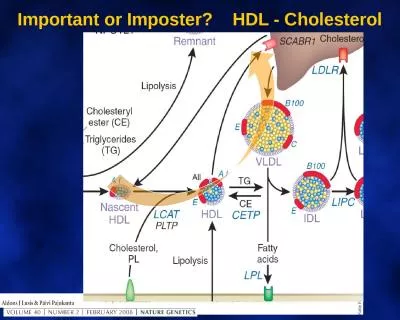PPT-Introduction to writing a Test Bench in HDL
Author : calandra-battersby | Published Date : 2015-10-26
Mridula Allani Spr 2011 Apr 1 1 52706270 Guest Lecture by M Allani What is A Test Bench Test Bench is a program that verifies the functional correctness of the
Presentation Embed Code
Download Presentation
Download Presentation The PPT/PDF document "Introduction to writing a Test Bench in ..." is the property of its rightful owner. Permission is granted to download and print the materials on this website for personal, non-commercial use only, and to display it on your personal computer provided you do not modify the materials and that you retain all copyright notices contained in the materials. By downloading content from our website, you accept the terms of this agreement.
Introduction to writing a Test Bench in HDL: Transcript
Download Rules Of Document
"Introduction to writing a Test Bench in HDL"The content belongs to its owner. You may download and print it for personal use, without modification, and keep all copyright notices. By downloading, you agree to these terms.
Related Documents














